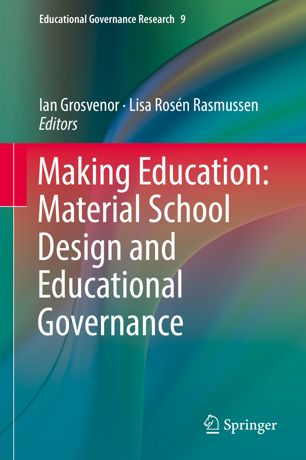

Most ebook files are in PDF format, so you can easily read them using various software such as Foxit Reader or directly on the Google Chrome browser.
Some ebook files are released by publishers in other formats such as .awz, .mobi, .epub, .fb2, etc. You may need to install specific software to read these formats on mobile/PC, such as Calibre.
Please read the tutorial at this link: https://ebookbell.com/faq
We offer FREE conversion to the popular formats you request; however, this may take some time. Therefore, right after payment, please email us, and we will try to provide the service as quickly as possible.
For some exceptional file formats or broken links (if any), please refrain from opening any disputes. Instead, email us first, and we will try to assist within a maximum of 6 hours.
EbookBell Team

0.0
0 reviewsThis book brings together the notions of material school design and educational governance in the first such text to address this critical interrelationship in any depth. In addressing the issue of governance through analysing current and historical material school designs, it looks at the intersection of politics, economics, aesthetics and pedagogical ideas and practices. More specifically, it explores and unfolds educational governance as it is constituted, materialized and transformed in and through material school designs. It does so by studying a range of issues: from the material and aesthetic language of schooling to the design of the built environment, from spatial organization to the furnishing and equipment of classrooms, and from technologies of regulation to the incorporation of tools of learning.
The book presents examples from Europe, Latin and Central America and the United States, and relates to the past, present and future of governance and school design. It focuses on design processes and on designers/architects and people involved in the planning of school design, as well as on school leaders, teachers and pupils adopting, inhabiting and re-shaping them in everyday school life. Furthermore, the book discusses how to study governance by material school design, and how to act upon governance by material design on wishful, actual and ethical terms.